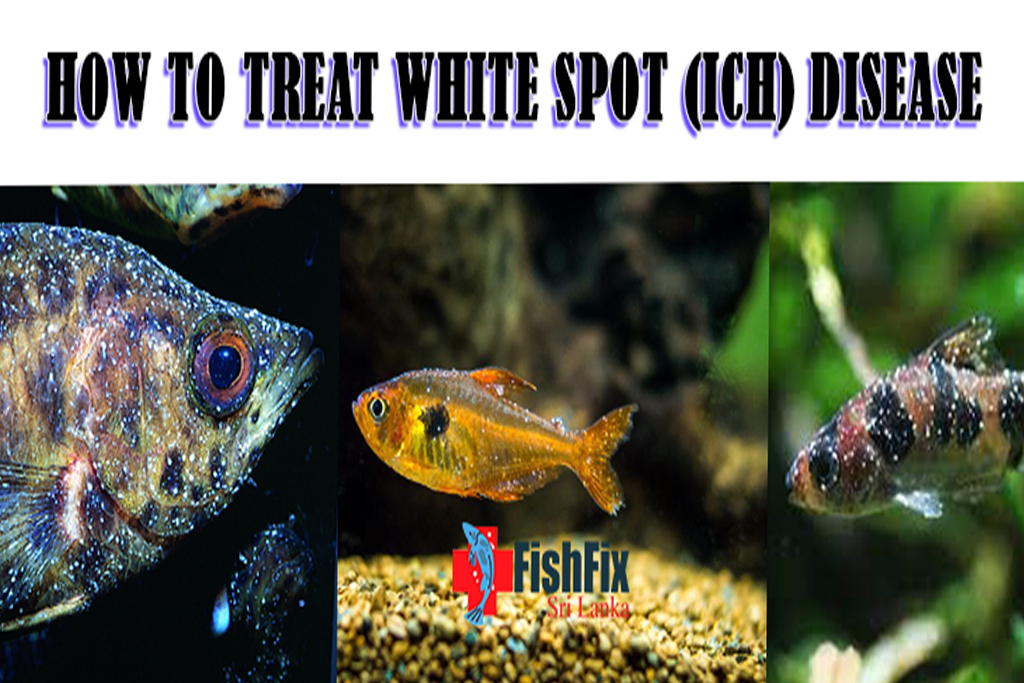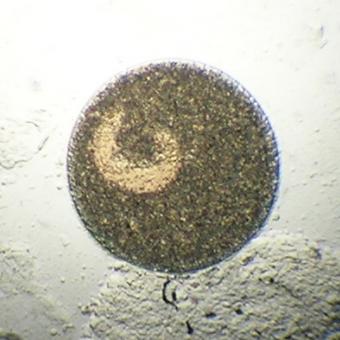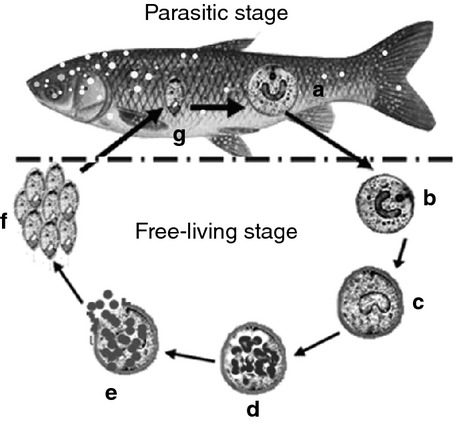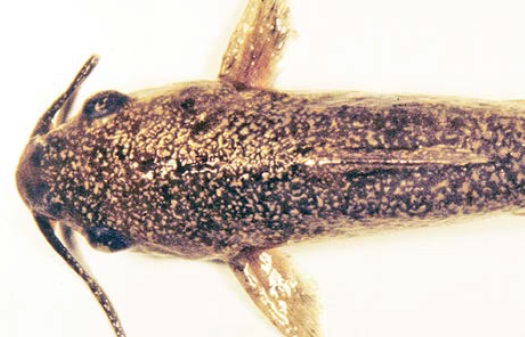- Your cart is empty
- Continue Shopping
How To Treat White Spot (ICH) Disease In Aquarium Fish (2022)
-
Irosh Akalanka
- Posted on
- 0 comments

White Spot a parasitic protozoan disease of the skin, fins, and gills of feral and captive freshwater, brackish and marine fishes. This pathogenic disease is commonly called “Ich” or “white spot disease.”
Page Contents
ToggleWhat Causes White Spots (Ich) On Fish?
The parasite of freshwater fish, and sometimes brackish water species, is the ciliate Ichthyophthirius multifiliis, and the morphologically and pathologically similar ciliate parasite of marine fishes is Cryptocaryon irritans. Ichthyophthirius multifiliis has a large horseshoe-shaped macronucleus, whereas C. irritans has a large crescent-shaped, lobed macronucleus that is not horseshoe-shaped.

Route of transmission:
These holotrichous ciliates invade the skin, fin, and gill epithelium of the host causing hyperplasia of the epithelium. Both I. multifiliis and C. irritans have an obligate fish–associated feeding stage ( trophont) and a reproductive stage ( tomont) in the environment, which ultimately produce free-swimming infective stages (theronts).
The theront penetrates the epithelium and undergoes development into a trophont in a vesicle within the epithelium. When mature, the trophont excysts from the host and differentiates into the tomont, which produces 200–800 tomites.
The tomites are released into the environment and become infectious theronts to complete the cycle. The parasite’s life cycle and duration of infection in the host are both temperature dependent with the parasite and infection developing more slowly at lower temperatures

Can white Spot (Ich) Kill Fish?
Yes, but not always. Severe infestation can kill the fish

multifiliis in a channel catfish (Ictalurus punctatus)
How to Identify White Spot (Ich) Disease?
This parasitic disease will need to be differentiated from other conditions causing pale, raised bumps on the skin and fins of fish such as other parasitic (e.g., Glugea spp., myxosporideans), viral (e.g., fish pox, lymphocystis) and bacterial (e.g., Renibacterium salmoninarum, Edwardsiella ictaluri) diseases.
Infestations of I. multifiliis or C. irritans can often be seen grossly on the skin and fins as the mature trophont stage can range up to 1 mm in size producing the appearance of small, white, raised bumps on the surface of the skin and fins. Other times the infestation may only appear as small, nonspecific skin lesions where the parasite penetrates through the epithelium of the skin and fins as it enters or exits from the host.
Infected fish will congregate near water intakes, “flash” and rub against the substrate and objects within the environment, have increased opercular rates, and have increased mucus production on the skin and gills. As the infestation progresses, the fish become lethargic and anorexic, and the superficial skin lesions start to ulcerate and become secondarily infected with bacterial and fungal pathogens.
7 Treatment For White Spot Disease
1. Formalin prolonged immersion (10-25ppm)
2. Formalin/malachite green prolonged immersion (10 – 25 ppm)
3. Salt prolonged immersion (1 – 5 ppt)
4. Copper prolonged immersion (0.5-1ppm ponds only)
5. Raise temperature to > 30 ° C (86 ° F) for 10 days
6. Formalin dip weekly until cured (100ppm/2min)
7. Transfer fish to new aquarium daily for 7 days at 25 ° C (77 ° F)
7 Ways To Treat Nitrite Toxicity In Aquarium
Treating white spots with salt
A slight increase in salinity can help decrease osmoregulatory stress caused by the damage to the external tissues of the fish. At warmer water temperatures (75–79°F), use of 4–5 g/L (= 4–5 ppt) salt (sodium chloride) in a prolonged bath for 7 to 10 days is another effective treatment in smaller systems, provided the fish species can handle the salt concentration.
Because theronts are intolerant to increased salinity levels of 3–5 ppt, salt is often added to aquaria or tanks that are being treated with formalin to enhance the response to treatment. Most freshwater fish can tolerate 5 ppt salinity for several weeks and many can live in 3 ppt permanently; however, it is important to know the specific tolerances for each species to be treated.
FishFix Srilanka – YouTube
Management/control
Control of these parasites is based on isolation of fish upon arrival and periodic monitoring for infection during the quarantine period. Environmental management of the water with UV treatment or raising the temperature above 30°C for tolerant fish species has been shown to reduce the number of infectious theronts in the water. Immediate removal of infected morbid and dead fish can also help reduce the number of the theronts being released into the water. Treatment is aimed at the free-swimming theront stage and may involve salt or formalin therapy for freshwater fishes, and formalin, copper sulfate, or quinine compounds for marine fishes.

